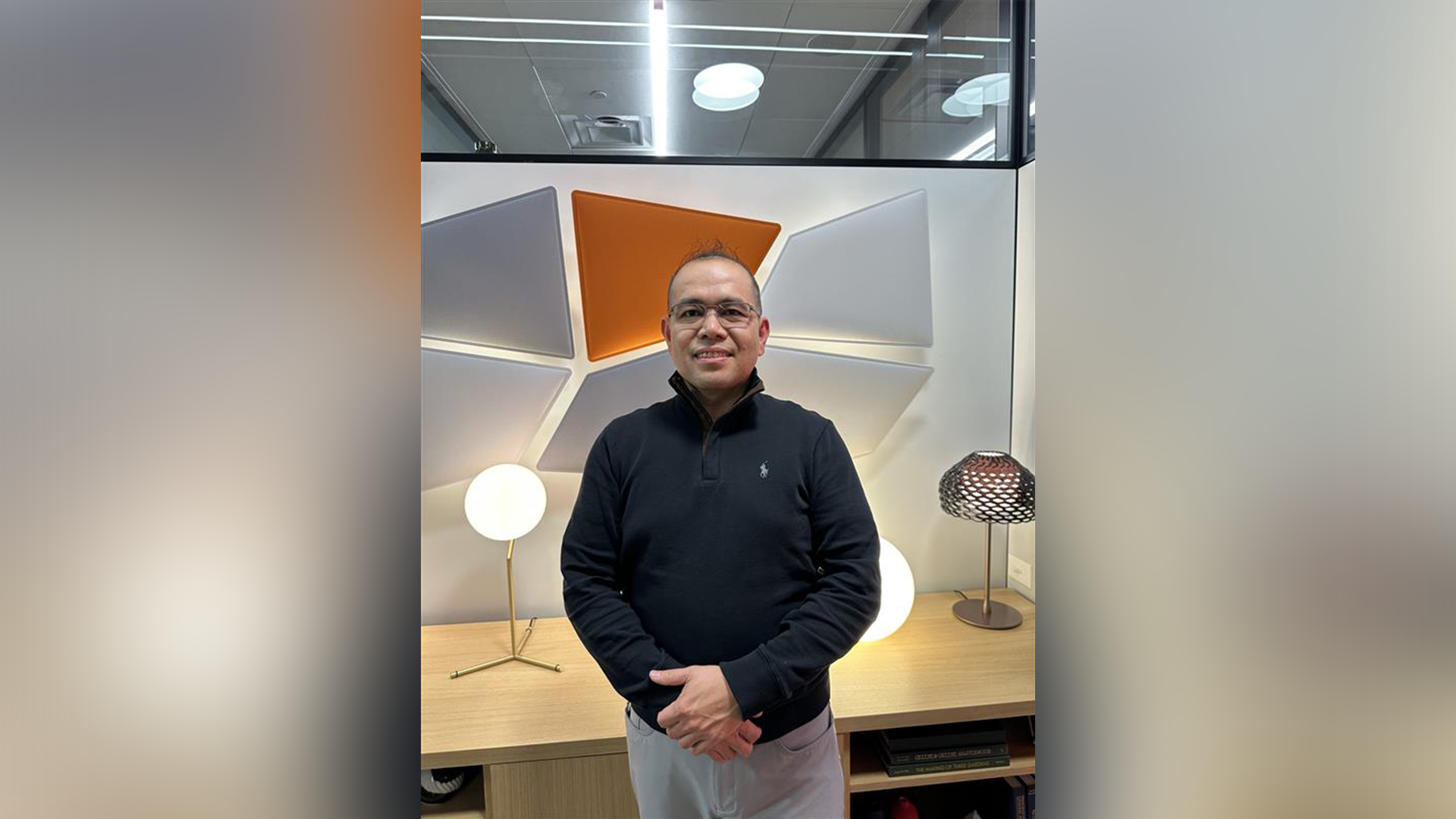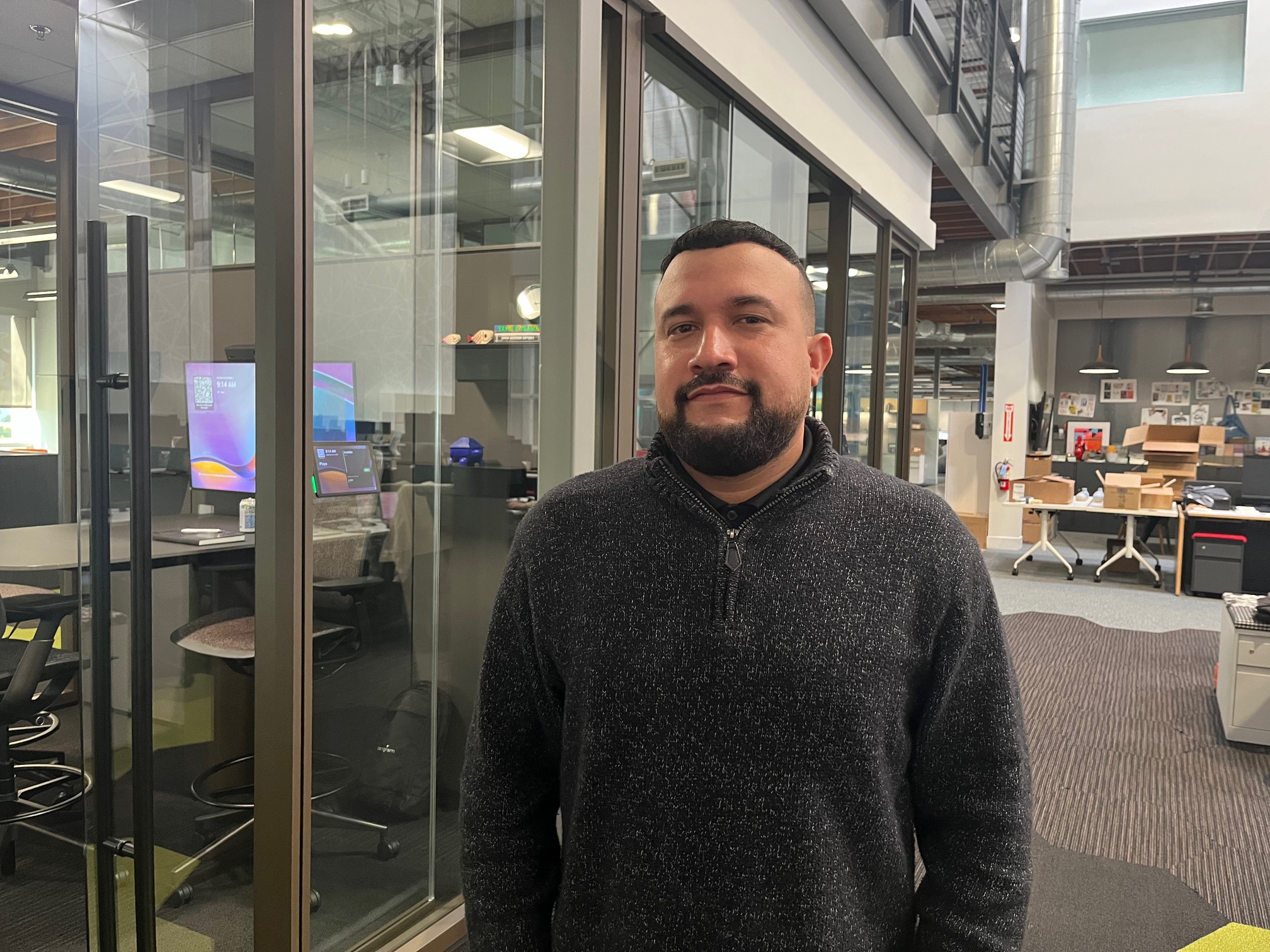New Technology Essential to Healthcare Facilities

Designers are finding new ways to integrate technology and technology-friendly spaces into new healthcare facilities.
Written by Kelsi Maree Borland
Technology is becoming integral to the healthcare industry, and new healthcare real estate properties are finding innovative ways to incorporate technology. Designers in particular have been tasked with integrating technology into new spaces. Telemedicine, data displays, cameras and teleconferencing are all standards in new healthcare construction projects.
“Overcoming traditional and preconceived notions about healthcare practices can sometimes stand in the way of accommodating change and moving into the future,” Tangram Interiors tells GlobeSt.com exclusively. “But, with the demands from all fronts for enhancing the patient experience and the quality of care along with managing costs, we are seeing innovation take hold. And, encouragingly, these new approaches are being embraced as positive results are achieved.”
Telemedicine has become a standard in the market. It is a system that uses to communicate digitally with patients as well as nurses and other staff members. “Telemedicine uses electronic information and telecommunications systems to facilitate a wide range of long-distance activities in areas including care, education and administration,” says Tangram. “Advantages encompass improved efficiencies, reduced costs, convenience and extended access to care as well as real-time patient monitoring and patient self-reporting.”
The program can also link together staff members to create a communication system within the property. “Centers within hospitals or separate facilities dedicated to telemedicine can link patients, physicians, nurses and others literally around the world and within the same facility,” adds Tangram.
While the technology is digital, for it to work properly, it must be well integrated into a space. “Effective use of telemedicine is helping providers and patients alike transcend the limitations of physical facilities by leveraging innovations in technology,” says Tangram. “In the process, the cost of a “visit” with a physician can be reduced significantly. The practice can also lead to a reduction in hospitalizations, fewer visits to emergency centers and even increased patient survival rates.”
Telemedicine isn’t the only technology that is disrupting healthcare. Tangram is also integrating data systems, cameras, networking and cloud services into healthcare facilities. “These spaces can include collaboration areas as well as private spaces for secure patient monitoring and interaction,” says Tangram. “Technology considerations include data displays, camera placement, networking and security, teleconferencing and system uptime. Ergonomics cover lighting, acoustics, screen placement, desk adjustability, supportive seating, and adaptable work surfaces. Raised flooring as well as demountable panels and walls can be important if periodic expansion or reconfiguration of the space is anticipated.”














